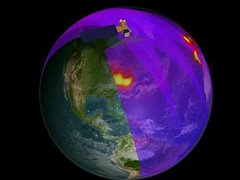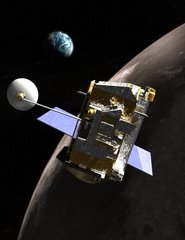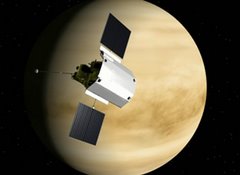This presentation was produced by four young NASA employees. They presented it at the Next Generation Exploration Conference held earlier this month at NASA Ames Research Center. Apollo astronaut Buzz Aldrin was in the audience. The presentation was remarked upon by Wired a few days ago. According to Wired, "The presentation chronicles their love of space and the heartbreak of working at an agency that has had such a tough time connecting with the rest of their generation and getting them excited about space. It also talks about how important the under 30 crowd is. They are the ones who will pay for the bulk of the cost of the return to the Moon. By 2014, they will comprise 47% of the workforce. Is NASA ready? How can we help?"
Shared with permission.
SlideShare Link













